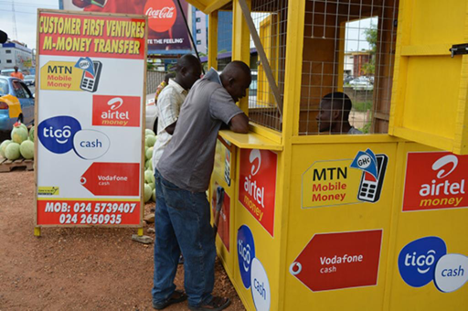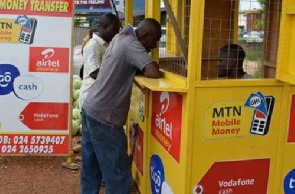E-Levy second phase to close loopholes, detect avoidance – GRA

The second phase of the Electronic Transaction Levy (E-Levy), which is expected to begin from July 1 barring any unforeseen glitches, will close all loopholes, detect avoidance and strengthen public confidence in the tax’s collection, Head of Project Management Unit of the Ghana Revenue Authority (GRA), Isaac Kwabena Amoako, has said.
Mr. Amoako, who is also a member of the E-Levy Technical Committee, speaking to the B&FT at the sidelines of an E-levy workshop with traders in Accra said the second phase of implementing the tax will involve the use of GRA’s common platform known as the E-Levy Management System (EMS) – which all charging entities are expected to be connected to.
The EMS, according to the GRA, is able to detect if a MoMo customer has exhausted the GH¢100 cumulative allowable transfer in a day.
The ongoing first-phase of the E-levy is being implemented by the charging entities on their individual systems.
These entities include the Electronic Money Issuers (EMI), Payment Service Providers (PSP), banks and specialised deposit-taking institutions and other institutions prescribed by the act.
Mr. Amoako said the July 1 roll-out is meant to streamline and make taxpayers have confidence in payment of the tax with knowledge that the levy does not intend to negatively affect businesses, especially those who operate as merchants on digital platforms.
“We want to mitigate all effects and have a safer system for the levy’s collection” he noted.
The levy, as it stands, does not affect several transactions, key among them being cumulative transfers of GH¢100 per day made by the same person and transfers between accounts owned by the same person.
Companies can claim deduction at end of year
Mr. Amoako explained that companies that pay salaries using bank accounts-to-wallet channels can claim E-levy deductions at the end of the fiscal year when preparing their financials to the GRA.
“This decision by government is to ensure that the levy does not become a foregone expense on companies that pay salaries through mobile money. The charge can be claimed as a deductible expense at the end of the business year,” he added.
Transactions under E-Levy
Current transactions that fall under the E-levy include transfers done on the same mobile money network to another person, transfers from one mobile money network to a recipient on another network, and transfers from a person’s bank account to another person’s mobile money account.
Also, transfers from a person’s mobile money account to another person’s bank account, bank transfers on a digital platform or application which originate from a bank account belonging to an individual to another person, and interbank daily cumulative transfer above GH¢20,000 and transfers to escrow accounts on Instant Pay.
BizTech: Using voice recognition technology to translate local dialects
Source: thebftonline.com





